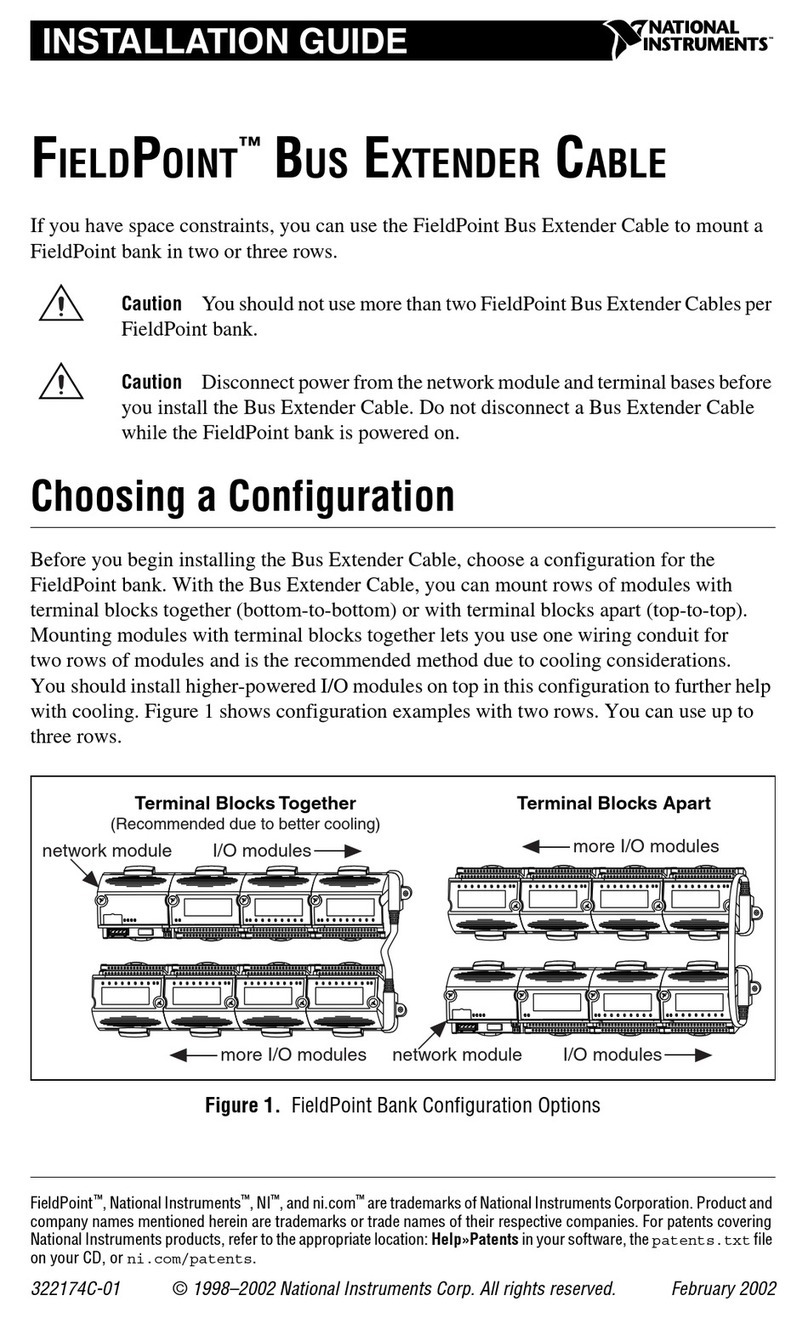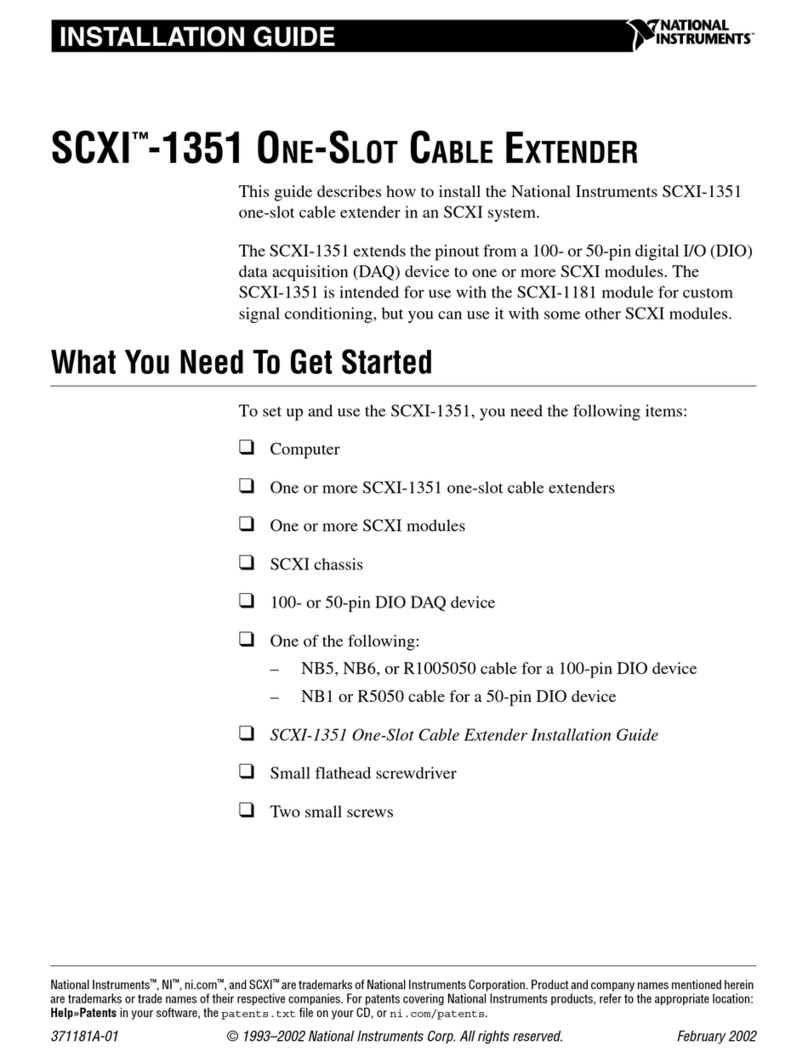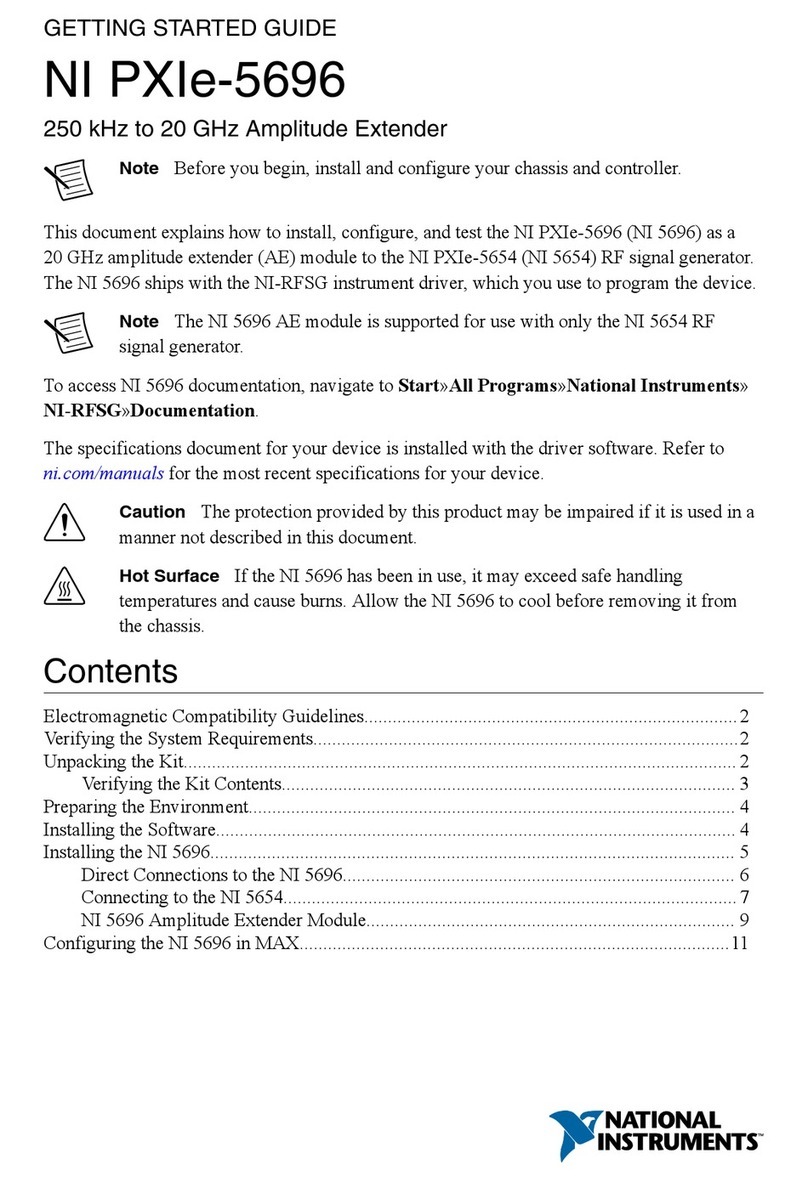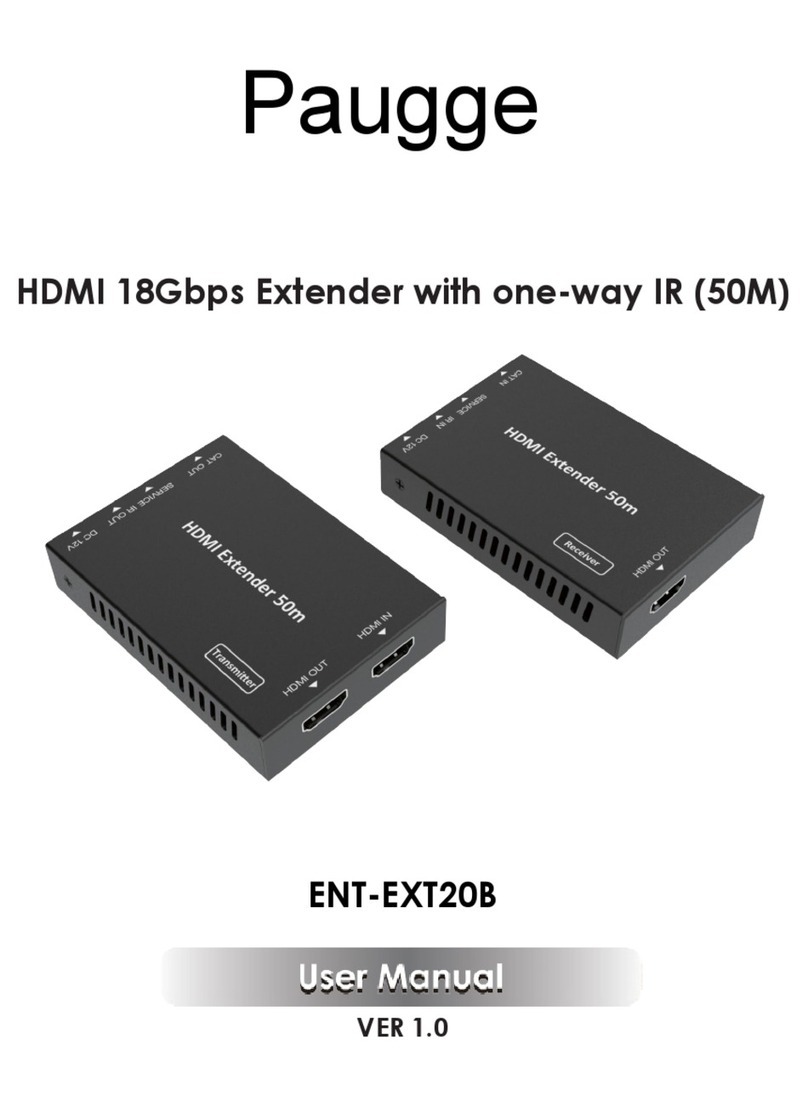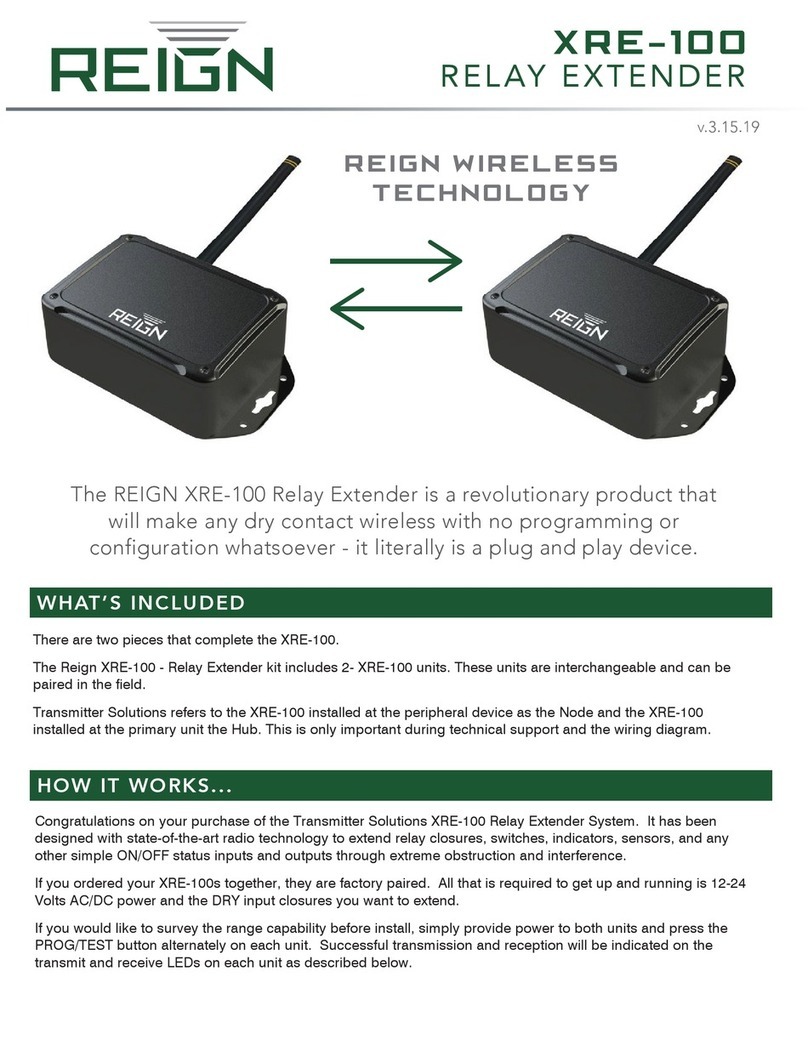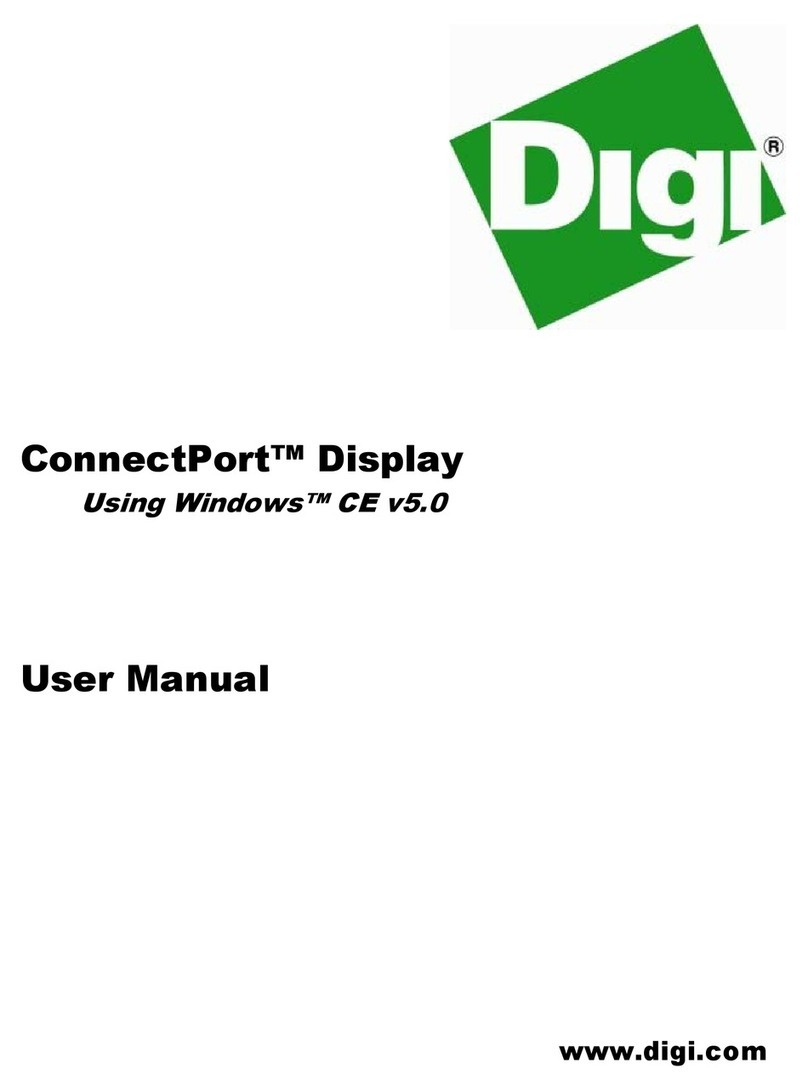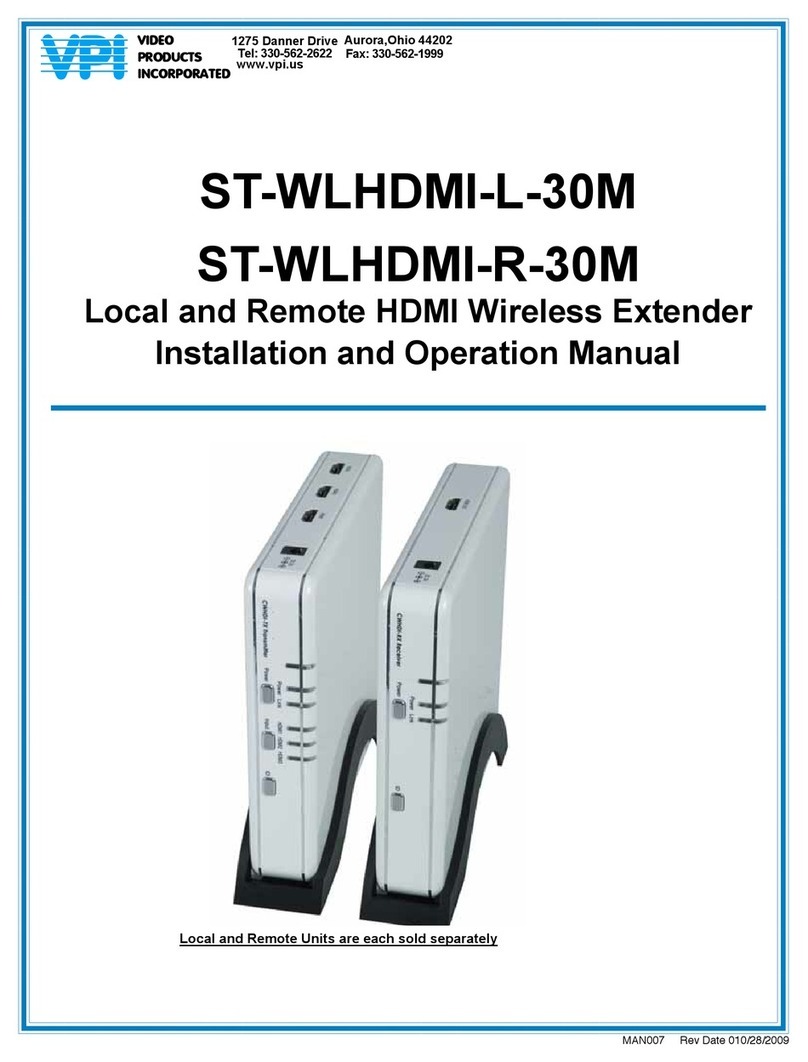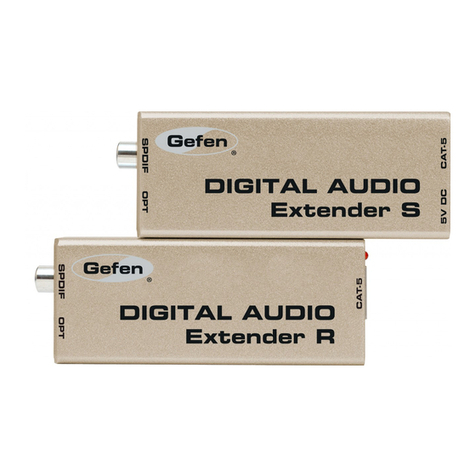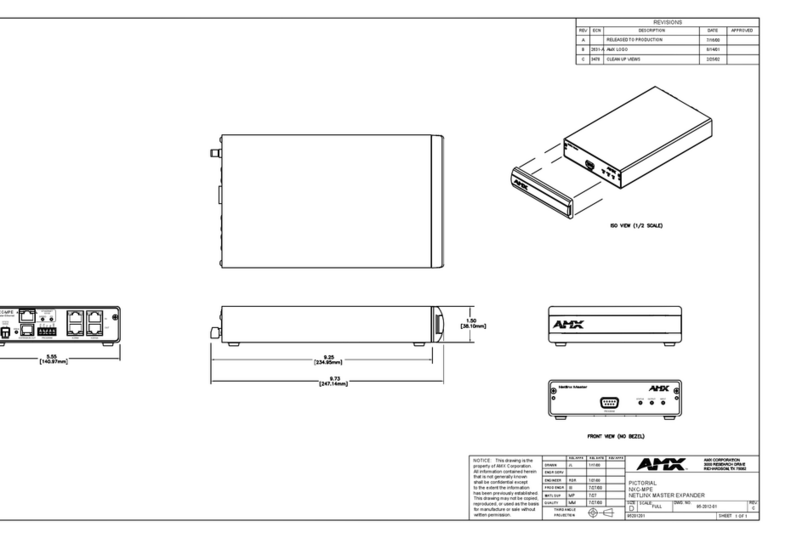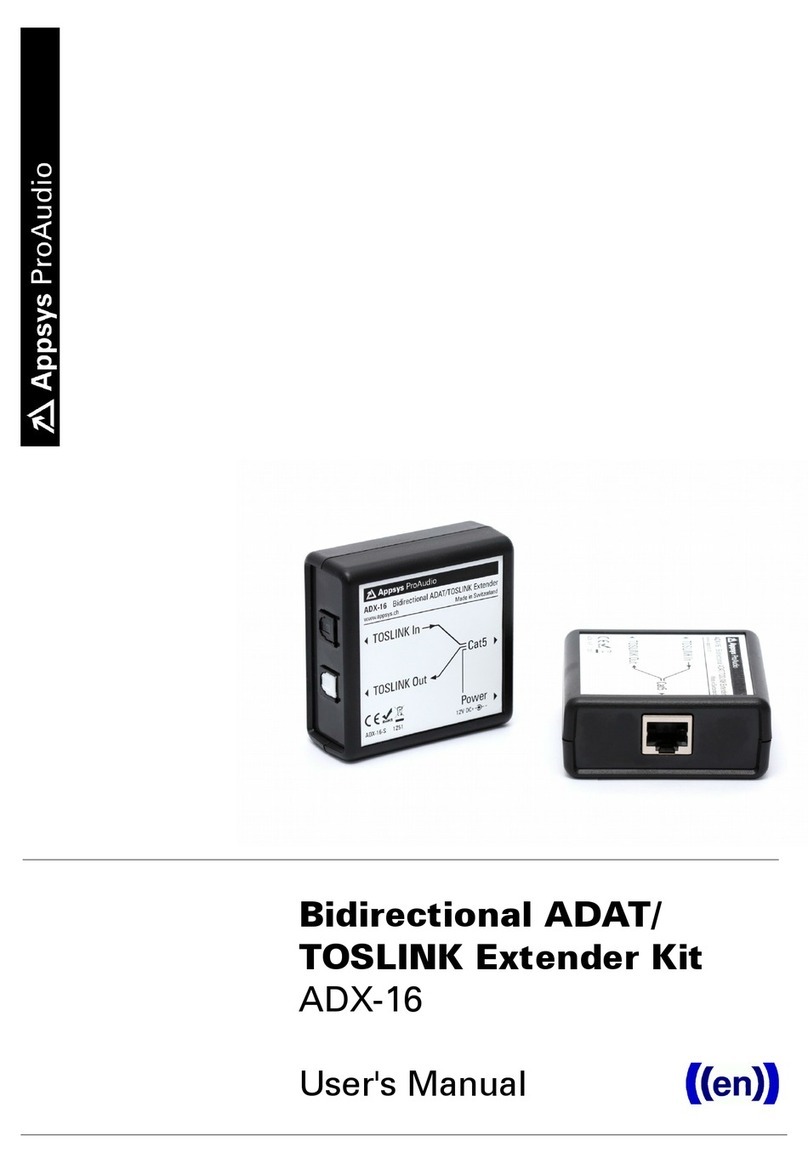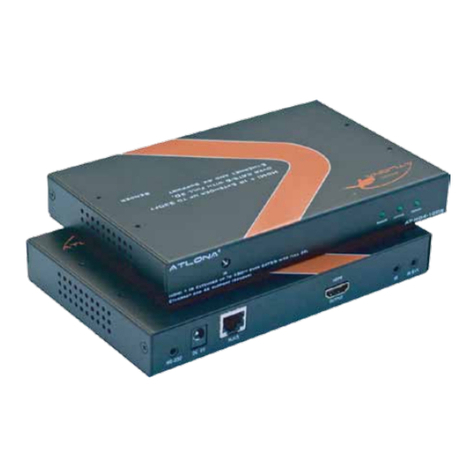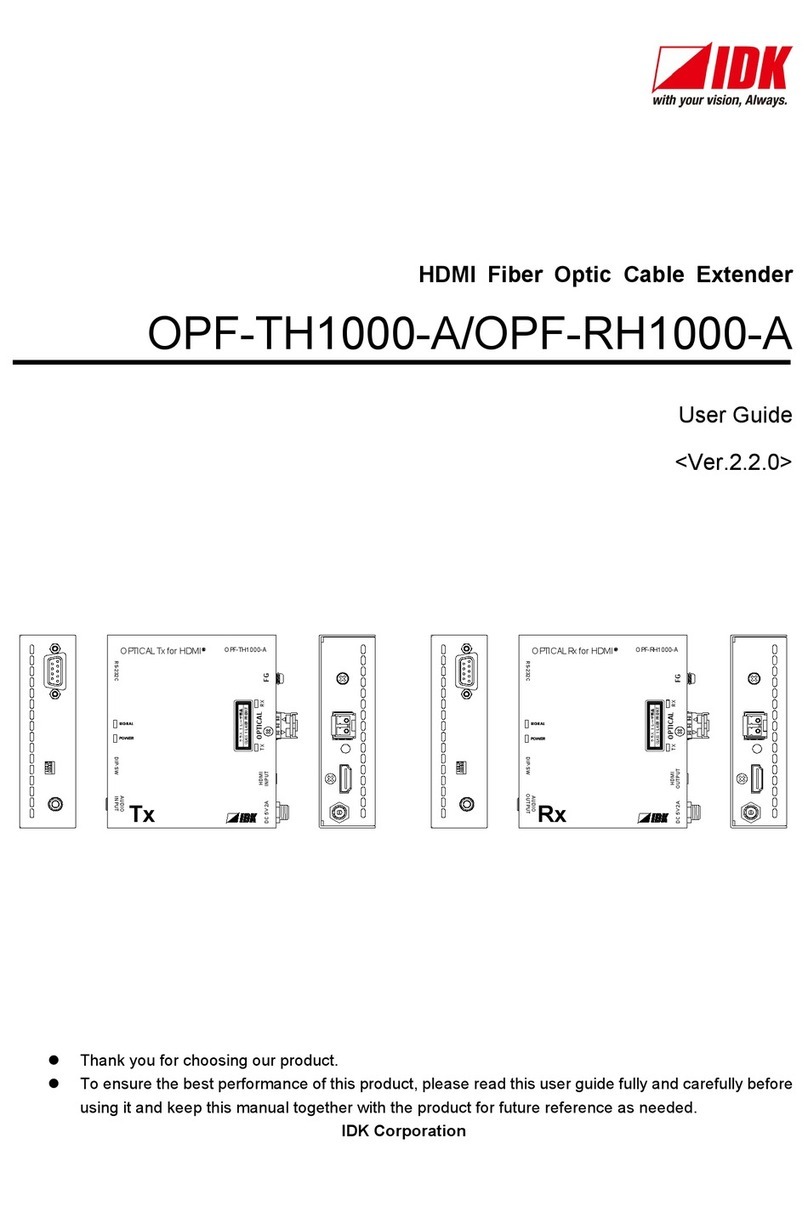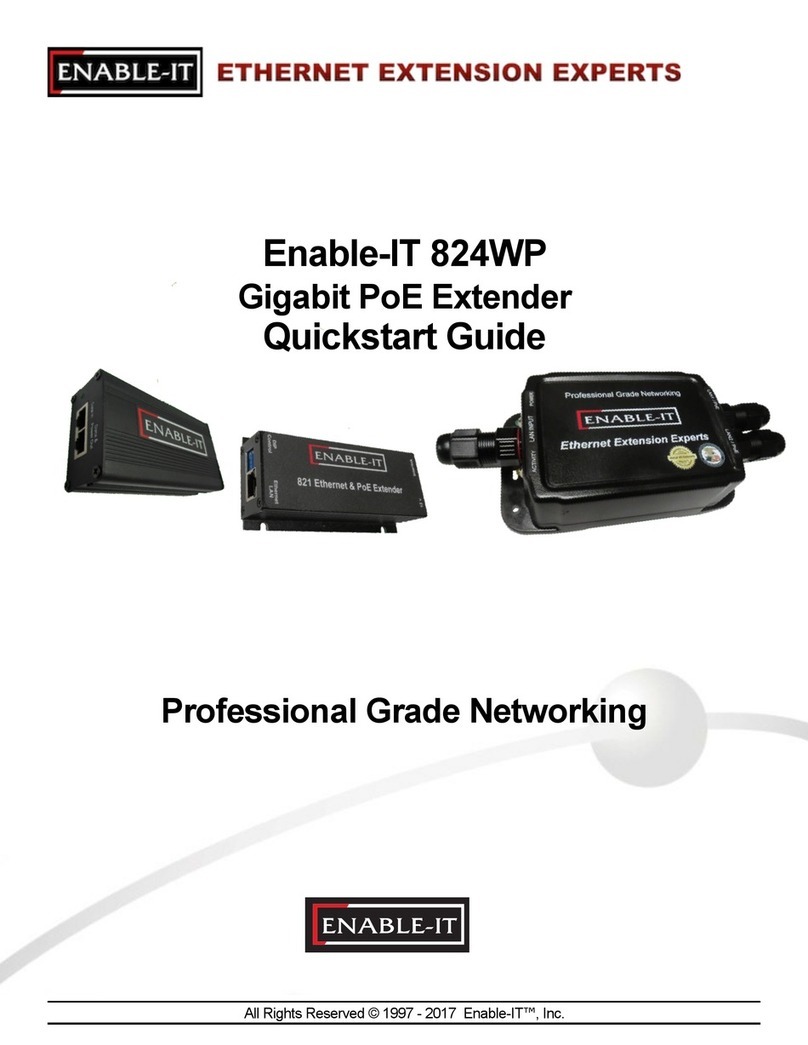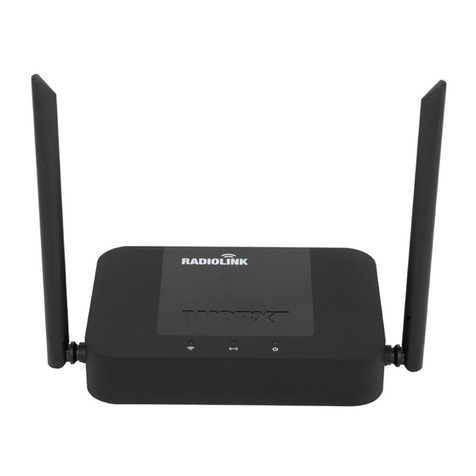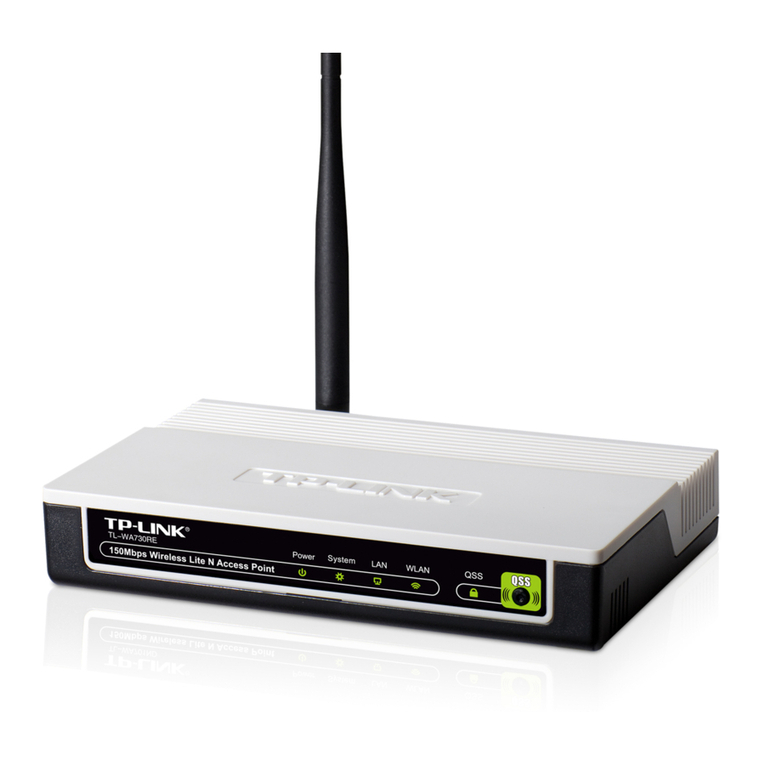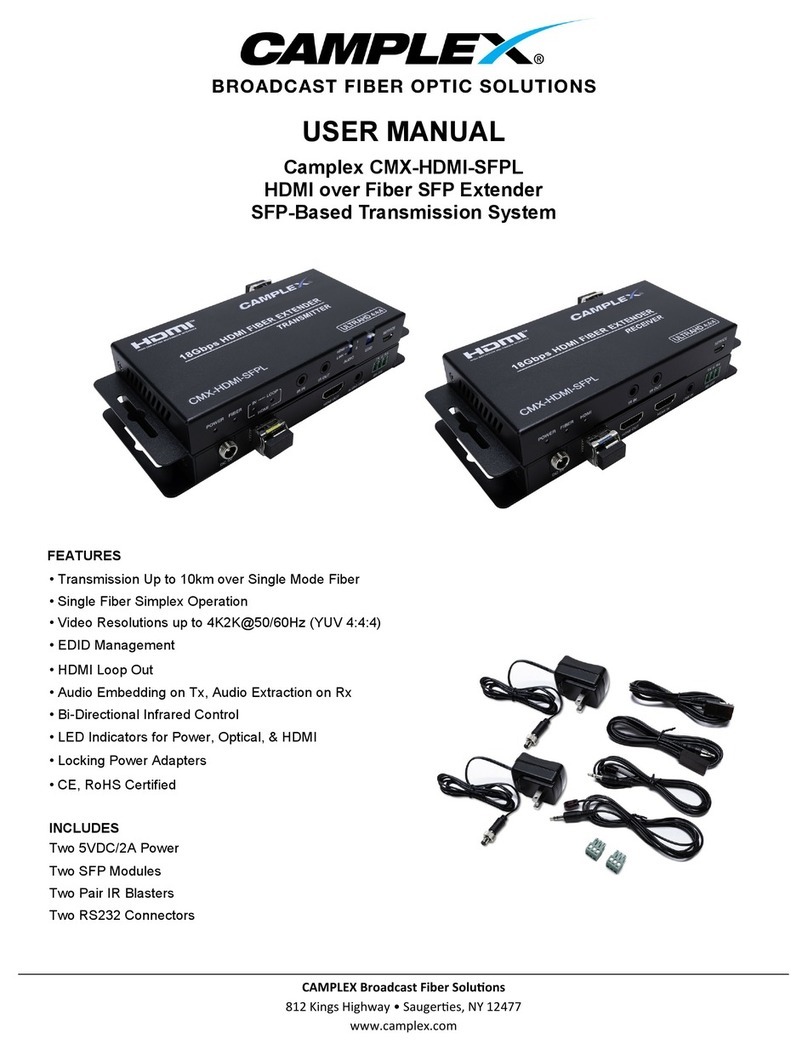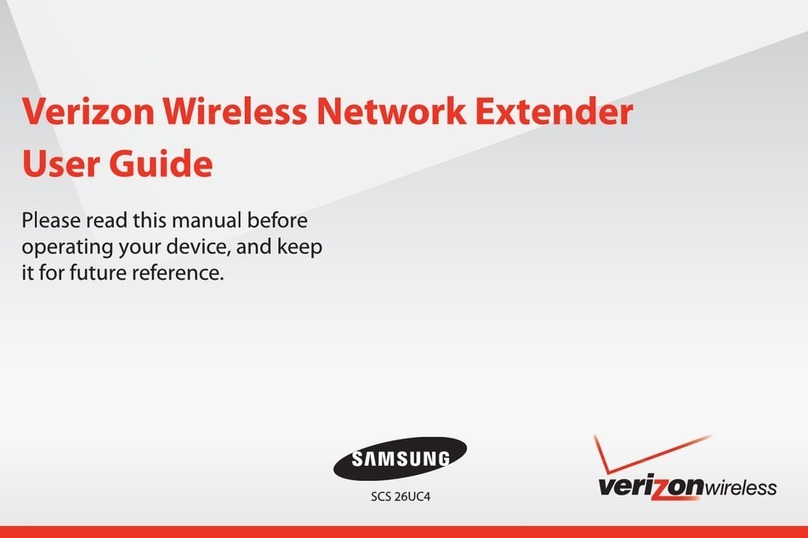
Note To meet FCC emission limits for this device, use only with shielded cables
and accessories. If you operate this equipment with a non-shielded cable, it may
interfere with radio and television reception.
Related Documentation
The following documents contain information that you may find helpful as you read this
manual:
• GPIB 140B Specifications
• GPIB-140B Safety, Environmental, and Regulatory Information
• ANSI/IEEE Standard 488.1-1987, IEEE Standard Digital Interface for Programmable
Instrumentation
• ANSI/IEEE Standard 488.2-1992, IEEE Standard Codes, Formats, Protocols, and
Common Commands
Unpacking
The GPIB-140B ships in an antistatic package to prevent electrostatic discharge (ESD). ESD
can damage several components on the device.
To avoid ESD damage in handling the device, take the following precautions:
• Ground yourself with a grounding strap or by touching a grounded object.
• Touch the antistatic package to a metal part of your computer chassis before removing the
device from the package.
Remove the device from the package and inspect it for loose components or any other signs of
damage. Notify NI if the device appears damaged in any way. Do not install a damaged
device.
Store the device in the antistatic package when the device is not in use.
Hardware Symbol Definitions
The following symbols are marked on the GPIB-140B.
Caution Take precautions to avoid injury. Refer to the GPIB-140B Safety,
Environmental, and Regulatory Information for safety guidelines.
At the end of the product life cycle, all NI products must be disposed of
according to local laws and regulations. For more information about how to
recycle NI products in your region, visit ni.com/environment/weee.
NI 符合中国电子信息产品中限制使用某些有害物质指令(RoHS)。关于 NI
中国 RoHS 合规性信息,请登录 ni.com/environment/rohs_china。
(For information about China RoHS compliance, go to ni.com/
environment/rohs_china.)
GPIB-140B User Manual | © National Instruments Corporation | 3




